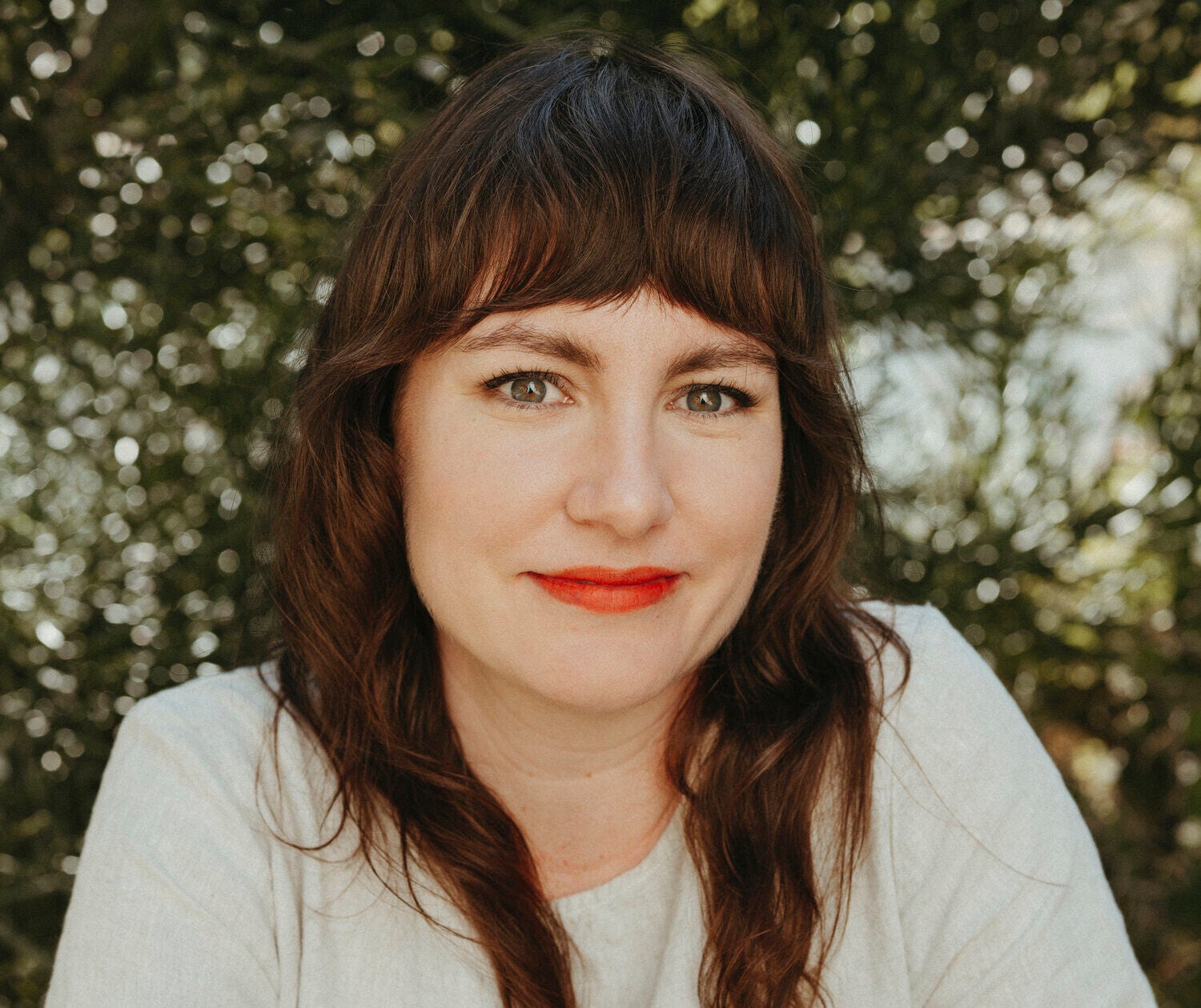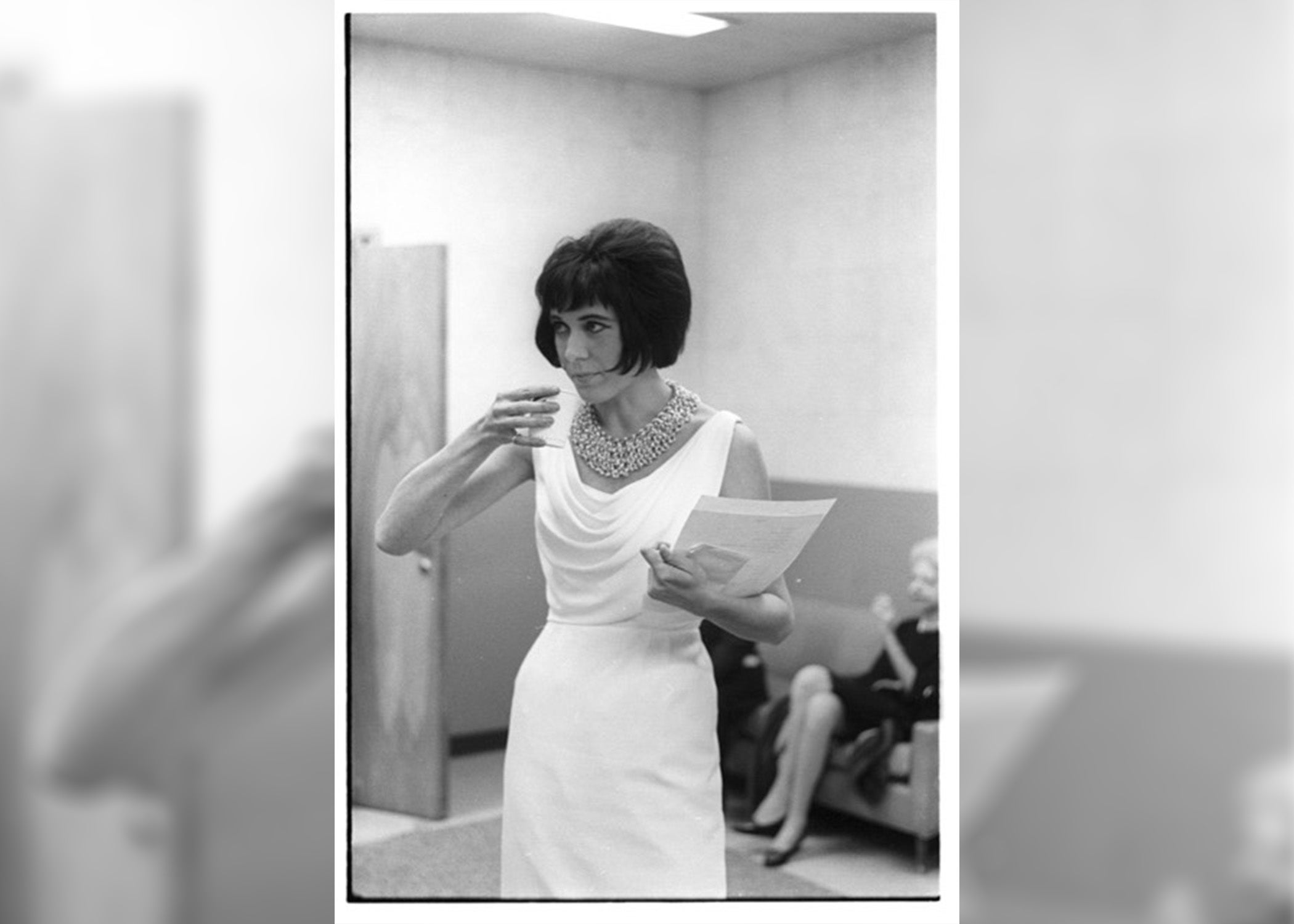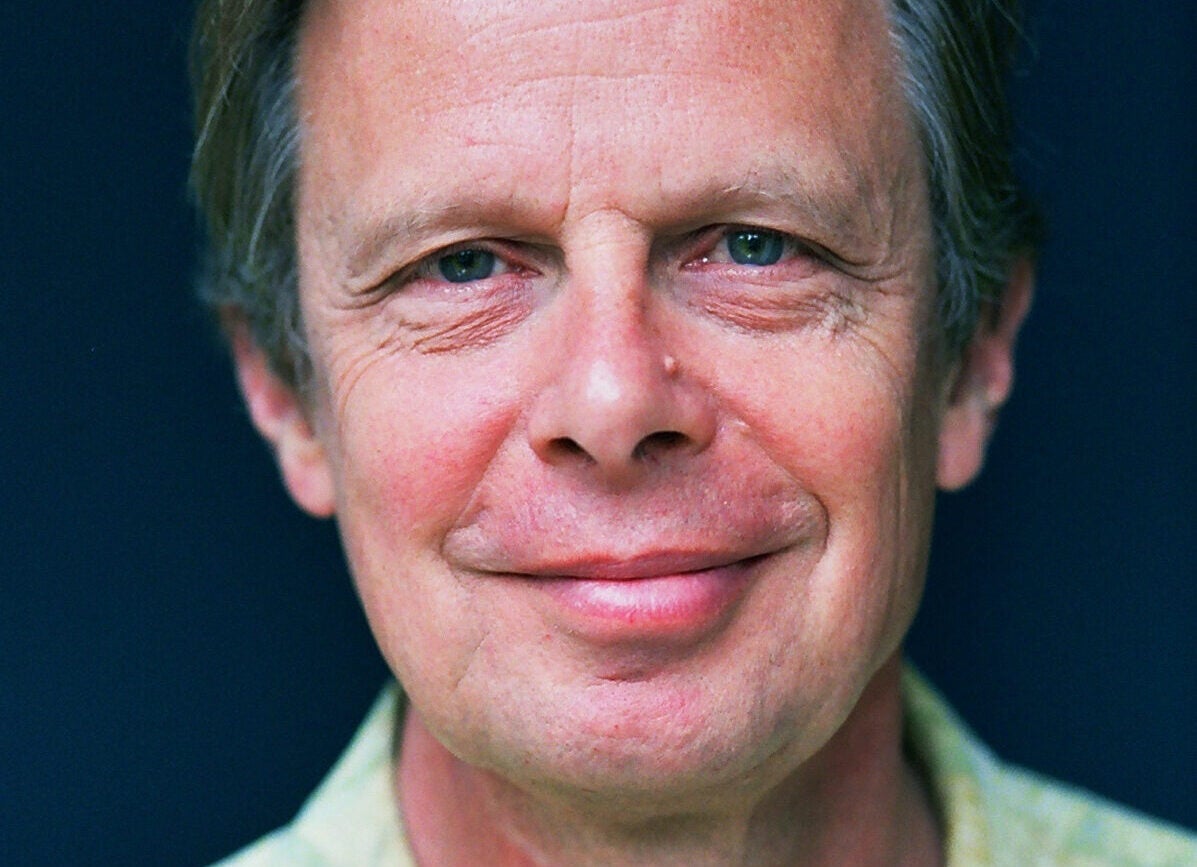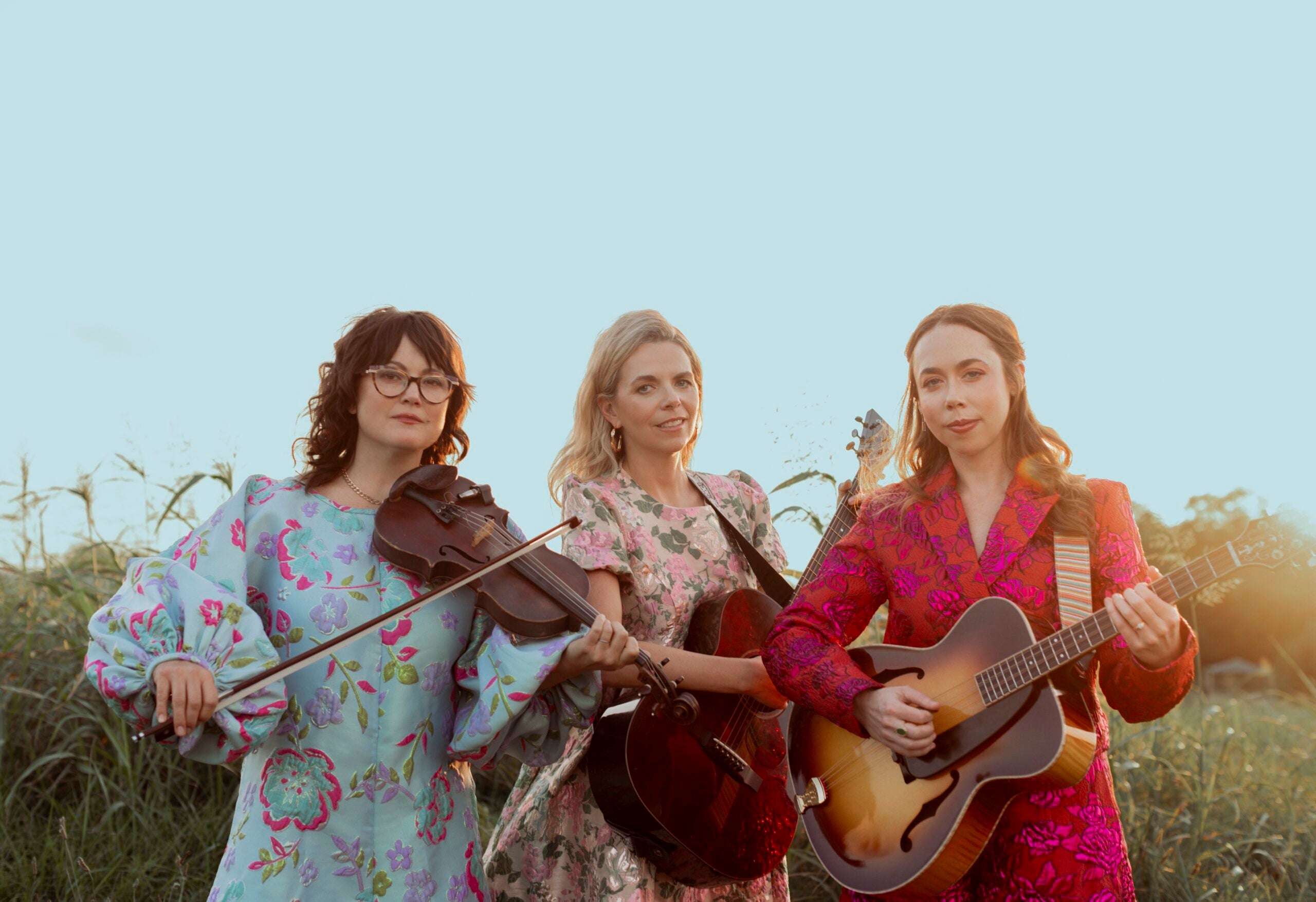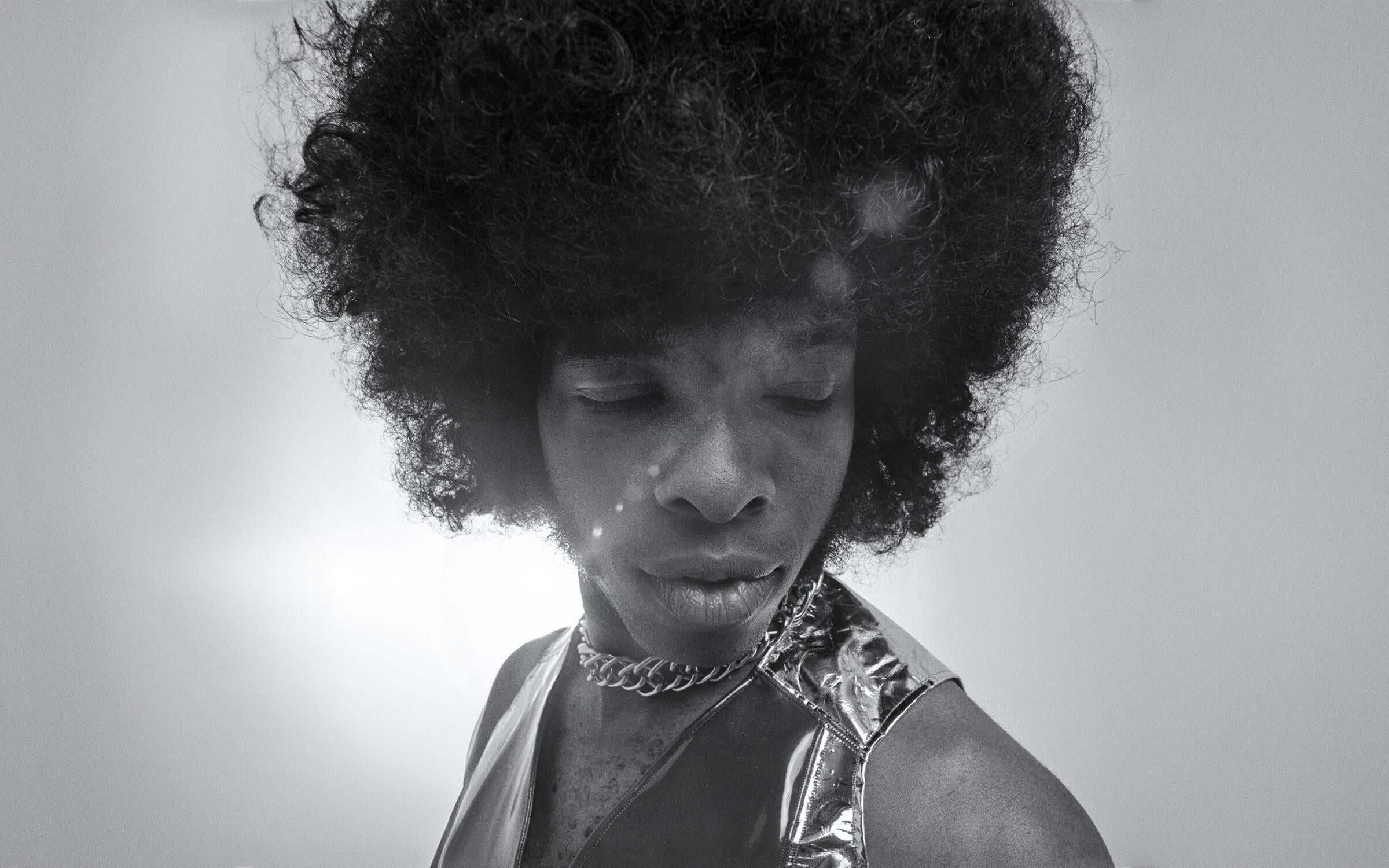The Midwest is home to cows, corn and rolling farms. Cities pop up here and there, and believe it or not, those place are cultural centers where, among other things, music has flourished.
WPR’s “BETA” wanted to know how the Midwest contributed to the nation’s music scene. To learn about the Midwest’s rich music heritage, we turned to award-winning music journalist Erin Osmon, who grew up in rural Indiana.
This interview has been edited for brevity and clarity.
News with a little more humanity
WPR’s “Wisconsin Today” newsletter keeps you connected to the state you love without feeling overwhelmed. No paywall. No agenda. No corporate filter.
Steve Gotcher: The Midwest is considered “flyover land” and not regarded by some as much of a cultural hub. But the truth is that the Midwest has been essential to the development of music as we know it today. What makes this area so important to music culture?
Erin Osmon: One distinguishing factor is that the Midwest has fewer resources than folks in L.A., New York and San Francisco. There is very much this DIY spirit that has happened here over the years of people creating their own record labels. You know, you had Cuca Records in Wisconsin — a huge independent record label — labels all over Chicago, Indiana, little gospel scenes that sprung up over all these states in the middle of the country. And that is intrinsic to our traditions here. It’s a lot of family groups, friends and people who just started from nowhere.
SG: What made the Midwest a place where jazz, blues, R&B and rock and roll could flourish?
EO: I attribute it to the Great Migration. All those Black families from the South were looking for opportunities in Chicago, Detroit, Indianapolis and other places. These communities inevitably came together to form some creative thing needed for the vibrancy and endurance of a new community.
For example, there was a thriving gospel music scene in northwest Indiana and the area called The Region. The musicians were all folks who worked in the steel mills at the time. Their music directly reflected what they were singing in their churches.
If we think about the garage rock scene in Detroit, many music journalists compare that music to the clanging of automotive factories. But there is probably a kernel of truth there, like when we think about someone like Bob Seger, who started playing in garage bands in Detroit in the ’60s; his father was working at a factory and so was he.
All of these things are created in a vacuum because these are smaller areas that are overlooked by larger industries.
SG: Chicago is very well known for blues music. How did that city become such a center for blues?
EO: It goes back to the Great Migration. Soul music, blues and gospel all have much to do with one another. For example, when we think about an artist like Syl Johnson, he’s one of the great soul music singers. At a certain point, he realized that his skills could transfer to blues, and he became focused as a blues guitarist and singer. I think there was much synergy between those Black music scenes.
SG: Right. The blues, which came out of the South, became more acoustic-oriented and electrified as it got north in Chicago. But then it went over to England, and we had the British Invasion. How did how did that happen?
EO: There were white rock-and-roll kids in England who became obsessed with finding these soul and blues 45s. I interviewed Ringo Starr a couple of months ago for a magazine feature that is coming out soon. He talked about how he and the other Beatles were excited to get these records because they didn’t have them in the U.K. It was uniquely American and something that was out of reach for them.
The Beatles became an essential sort of evangelist for Black American music. There are conversations around appropriation and all of that, which are fair. But they started as fans.
“Almost every American musical tradition goes back to Black communities.”
Erin Osmon
SG: Minnesota, especially Minneapolis, is one of the most unlikely places that significantly impacted the music scene. What has the state contributed to the music scene?
EO: Oh, my gosh. There is such a legacy of Black innovation in Minneapolis. Prince is obviously the king of that. Jimmy Jam and Terry Lewis came out of Minneapolis. They electrified funk and soul music to create this entirely new sound.
Then there’s the punk scene out of Minneapolis with Husker Du, The Replacements and all the bands working around that scene. This is a point I always make, especially to my students in the music journalism class I teach at the University of Southern California. Almost every American musical tradition goes back to Black communities, and the Great Migration and Minneapolis are the same.
SG: Another place that has produced important music is the state of Indiana, specifically John Mellencamp. You recently won an L.A. Press Club award for your profile on him. How does his music represent his Midwestern roots?
EO: I’m from Indiana and resonate closely with John’s story. It’s the story of a guy who grew up in a rural area in southern Indiana with few industry connections. He was just a kid who loved music. He was trying to get his hands on any records that he could. He listened to the FM radio constantly, and that’s where he developed this omnivorous taste that we see in many musicians from Indiana. He grew up listening to ’50s and ’60s soul music, garage rock music, pop singers, etc. The songs that he was most optimistic about were the songs that were most reflective of his own life and reflective of his friendships.
George Green, his childhood friend, co-wrote many of John’s biggest hits with him. John very much operated in a way that many people don’t. In a way, John was punk rock about the whole thing. He stayed in Indiana even though he had big city record deals. He worked with people in Indiana whom he had known since childhood or whom he specifically plucked because they were from Indiana. It’s an interesting model.
SG: Another city that is known universally for music is Detroit. Bands like the MC5, Iggy Pop and the Stooges pioneered punk music. Berry Gordy founded Motown Records and promoted Soul and R&B. Why do you suppose such diverse styles developed in the same town?
EO: Berry Gordy was a visionary, and his vision was to create something sophisticated. He wanted to make Black artists look sophisticated to the world. And so that’s why Motown, the artists that sprung from there, all have this elegant look and feel and dance moves, and it was very much a school for that sort of thing that became very successful.
On the other hand, when we think about the garage rock bands, the punk bands, Creem magazine and things that were springing from Detroit — that is very much a product of the working-class confines of that area. Work with the equipment you can get and afford, play in the bars that will have you and then clock in the next day at your shift at the auto factory.
SG: Do you think the Midwest still has more to say musically in today’s world?
EO: Oh, my gosh, yeah. I think Chicago is one of the best music cities right now. They are cranking out some of the coolest, most innovative young bands in the entire country. And I don’t think that’s ever going to go away there.
Some artists all over the Midwest have made a big name for themselves. For example, someone like Kevin Morby, who is doing his thing from Kansas. He just decided, “L.A. isn’t for me anymore. I want to go home.” And that’s great because he’s been able to sustain that from Kansas City, along with his partner Katie Crutchfield. There will always be innovation from the remote corners of the Midwest.

